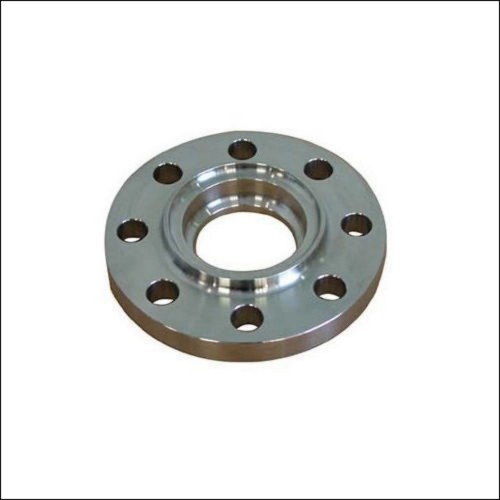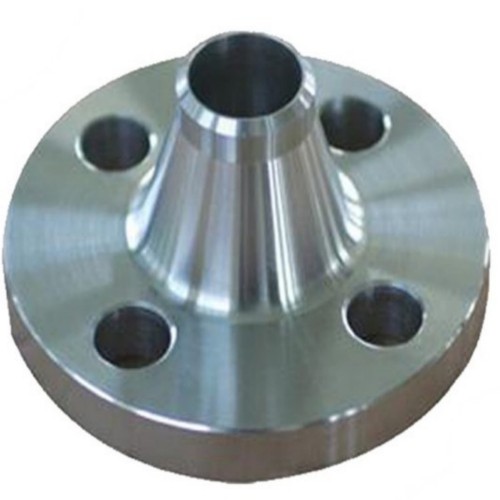1. Weld-on (WN) flanges: – WN flanges have a long tapered neck and are welded to the pipe,
providing a secure and leak-proof connection.
They have a raised face on the flange surface to help create a smoother flow path for the fluid.
WN flanges are commonly used in high pressure and high temperature applications such as oil and gas,
petrochemical and power generation industries. – These flanges are generally heavier and more expensive compared to SO flanges.
2. Sliding (SO) flange: – The inside diameter of the SO flange is slightly larger than
the outside diameter of the pipe, allowing the flange to slide over the pipe. -
They have a flat surface with no raised surfaces and are usually fitted with bolt holes.
SO flanges are easier to install and are often used in low pressure and low temperature
applications such as water supply, plumbing and HVAC systems.
These flanges are generally lighter and less expensive than WN flanges.
To sum up, although both WN and SO flanges are used to connect pipelines,
WN flanges are more suitable for high pressure and high temperature applications,
providing stronger and more reliable connections. On the other hand,
SO flanges are more commonly used in low pressure and cryogenic applications and are easier and less expensive to install.
-Sunny
Post time: Jun-19-2023


